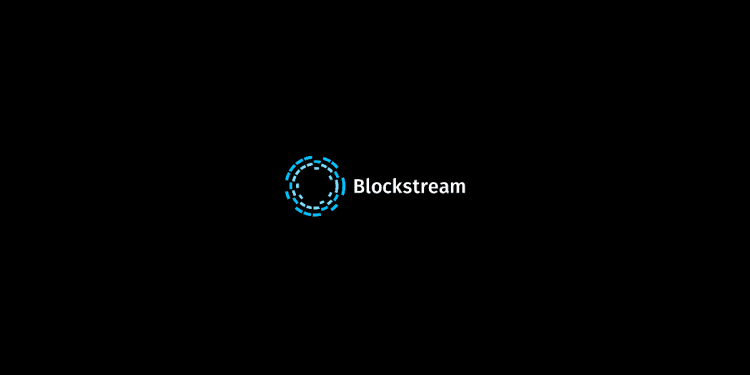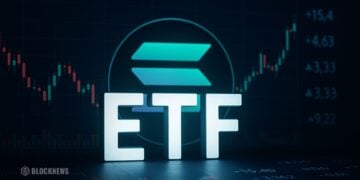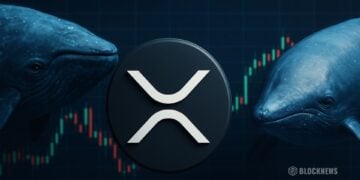- Blockstream targets to raise $50 million to buy undervalued mining equipment.
- The company plans to leverage the price gap between Bitcoin and ASIC mining devices.
- Anticipation of a surge in mining hardware demand is set for 2024.
Blockstream, a recognized name in the blockchain technology industry, is setting its sights on raising a significant $50 million. Their goal is clear: purchase mining tools that they think are priced too low in today’s market.
The news became public knowledge when James Macedonio, who leads Blockstream’s mining sales. He shed light on the company’s goal of taking advantage of the clear price gap between Bitcoin and the ASIC mining machines.
To turn this vision into reality, Blockstream is joining forces with STOKR, a digital security platform operating out of Luxembourg. Their collaboration will see the launch of the Blockstream ASIC (BASIC) Note. The first step in this venture focuses on amassing an initial $5 million through their Series 1 BASIC Notes, which carry a price tag of $115,000 each. With the funds raised, the intention is to purchase these ASIC machines in large quantities. Later, they’ll sell them when the market demand goes up, which they believe will happen by 2024.
Designed exclusively for well-established global investors, the BASIC Note will be up for grabs for a span of 24 months. Expressing optimism, Macedonio estimates that Blockstream might witness attractive profits in a timeframe of 12 to 18 months. This prediction is based on the scheduled Bitcoin mining reward reduction expected in April 2024.
The BASIC serves a clear function: acting as a Bitcoin-focused investment instrument that aims for bitcoin-on-bitcoin gains. Blockstream’s forecast suggests that most of these investments are likely to be conducted in BTC.
Addressing the current market landscape, Macedonio pointed out that the ASIC miners, specifically engineered for Bitcoin mining, now come at a lower price compared to their peak in December 2021. This price drop can be attributed to multiple factors. For instance, companies initially using Bitcoin and then failing to meet their obligations led to a surge of these miners flooding the market. The steep rise in energy costs in 2022 didn’t make the situation any easier for Bitcoin miners, leading to an overabundance of ASIC miners available for purchase.
However, Blockstream remains optimistic about an upward trend in the pricing of ASIC hardware in the foreseeable future. Their plan is to raise money to purchase this hardware, storing them securely in bonded storage spaces. They aim to reach the $50 million milestone in manageable chunks of $5 million each.
Bitcoin Holds Ground in Mining Battle
2023 has seen Bitcoin continue its dominance in the mining arena, sticking staunchly to its proof-of-work (PoW) system. This system involves miners laboriously solving intricate equations to validate transactions and, in turn, create new Bitcoins. With time, there’s been a notable transition from solo miners to collective, more lucrative mining pools. Yet, these changes haven’t diminished the integral role of mining within the Bitcoin ecosystem.
On the flip side, alternative consensus methods, primarily proof-of-stake (PoS), have garnered traction among other major cryptocurrencies. Ethereum recently shifted gears to adopt PoS, aiming to be more eco-friendly and ensure a broader distribution of control, although some voices express concerns about possible centralization of wealth. Similarly, Cardano, renowned for its green credentials, embraced PoS early on, touting its superior energy efficiency.














